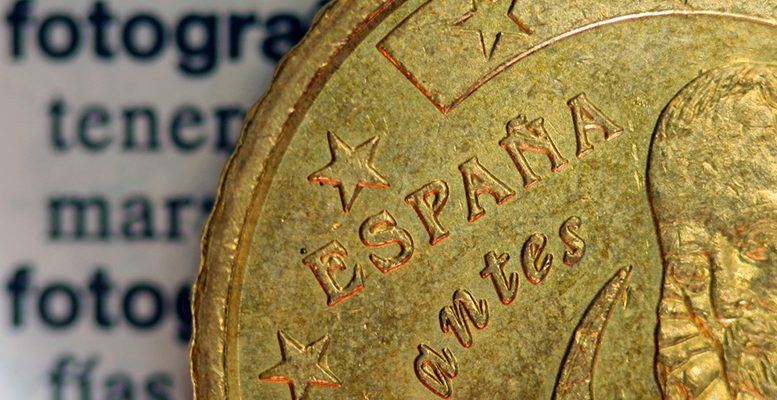Luís Pinheiro de Matos (Caixabank Research) | Headline inflation rebounded to 2.2% in April (1.3% in March). The figure is above CaixaBank Research’s forecast (1.6%). On the other hand, core inflation moderated to 0.0% (0.3% in March), a rate not seen since 2014. The new high in inflation can be explained entirely by the performance of energy prices, while the underlying components have not yet shown signs of recovery.
Although the details of the evolution of the inflation components are not yet known, it is worth flagging the generalised rise in energy components’ prices for the second consecutive month. This compares with the sharp declines observed a year ago, at the height of the first wave of the pandemic in Europe. If the data published this month is confirmed, electricity prices would pick up again, while fuel prices would continue the upward trend observed over the past six months.
Headline inflation is expected to remain around 2% over the quarter. And from June onwards, as base effects fade away, a moderate decline in the index should be observed. Furthermore, the rebound in inflation in the first half of the year is largely explained by increases in energy prices, compared with sharp declines a year ago. On the other hand, a negative contribution from food prices is to be expected over the coming months, also due to base effects, following the spike in food prices during the first wave of the pandemic. Overall, the net effect of base effects on non-underlying components is predicted to be broadly positive.
On the other hand, the April data confirms the containment of prices of underlying components, reflecting the performance of the economy and, in particular, a very gradual recovery in consumption. The likelihood of future outbreaks is decreasing as the vaccination campaign progresses. However, the caution required to keep the number of infections under control until a significant percentage of the adult population has been vaccinated means consumption is still expected to be affected throughout Q2. The observed levels of inflation in the first half of 2021 should thus remain contained. The moderate trajectory of inflation in the coming months, in particular core inflation, could still give way to stronger dynamics in the second half of the year, with the reactivation of the sectors most affected by mobility restrictions, in particular tourism. Assuming a stable path for oil prices, the upturn in the economy and the recovery in consumption over the course of 2021 should be accompanied by a gradual recovery in the prices of goods and services. The release of the April CPI flash CPI indicator suggests that inflation in 2021 could be above our current forecast of 1.1%.





